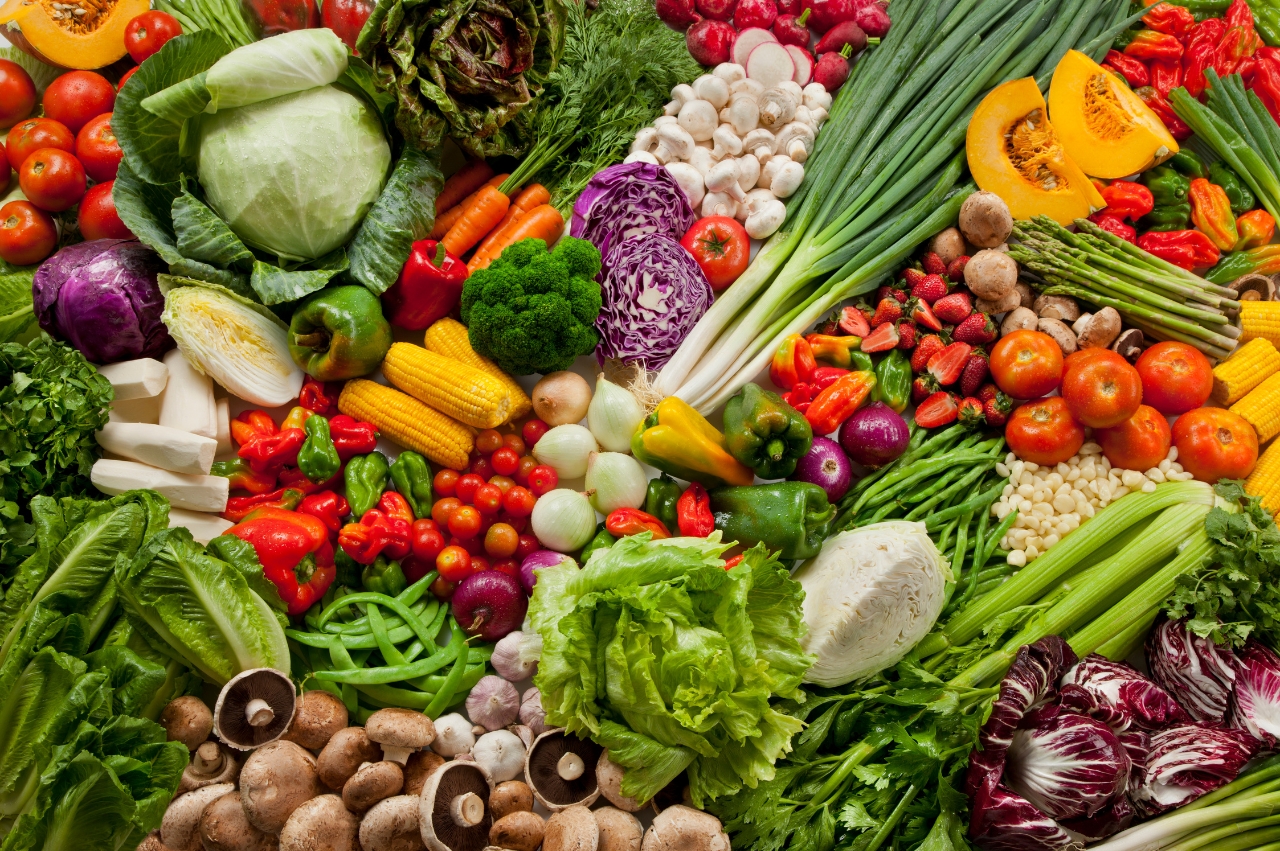Many buyers are unaware of the challenges involved in safely importing vegetables from abroad to store shelves without affecting their taste quality. From the moment vegetables begin to ripen, a frantic race begins to get them to store shelves as quickly as possible, before fruits that have passed their peak ripeness lose their flavor and nutritional value. In this article, we discuss the most important considerations that should be taken into account for the efficient process of importing vegetables from abroad to the Kingdom, ensuring products arrive in good condition that meets high buyer expectations.
1. Picking Fruits in the Best Condition and at the Most Suitable Time
The import journey begins early, from the moment workers start picking ripe fruits. They must be sufficiently aware of the signs indicating that the fruit is ready for harvest, such as its color and firmness. They should also choose the best fruit for import that is expected to remain in good condition after the transportation journey abroad.
The harvesting process plays an important role in the safety of the next step, “shipping,” because vegetables are products that can be easily damaged during transport. This makes it necessary to follow best practices during harvesting, such as picking fruits in the early morning when water vapor is condensed on the plants, and picking firmly yet gently so that no part of the fruit is damaged. The fruits should also be placed in the shade so they do not dry out until they are transported to packing and processing centers, as exposure to the sun for one hour can cause vegetables to lose a full day of their shelf life.
2. Packing in Clean, High-Quality Containers
Packaging plays an important role in protecting vegetables intended for import and maintaining their quality during travel. Therefore, fruits should be packed securely so they are safe from strong impacts. High-quality containers made from safe, clean, and healthy materials should also be used to prevent any damage to the products. In addition to the above, the container should be filled with only one type of vegetable, from the same origin, type, quality, and size, so that the products in the container as a whole represent a single unit in terms of storage conditions and requirements. The visible part of the container should also be representative of its entire contents.
As for the boxes in which the containers are stored, cleanliness, ventilation, and resistance factors should be considered for proper handling, shipping, and storage of vegetables. The box should be perforated to allow air circulation, as fresh air helps remove heat and gases produced by the fruits, such as carbon dioxide and ethylene. The box should also be free of foreign materials and odors that could transfer to the vegetables and make them smell bad.
For some products whose firmness is affected by stacking, such as tomatoes, they should be packed in single layers to prevent bruising. Products that need cleaning after washing and sanitizing should be packed first. If commercial specifications or marketing advertisements are attached to the fruits, non-toxic ink and glue should be used.
3. Writing Detailed and Accurate Data
The containers and boxes in which products are shipped during vegetable import need detailed data written about the packing content. This data plays an important role during inspection processes at departure and arrival airports, making it easy to identify the products and thus assign the appropriate procedures for them. These details include:
● Name and address of the packer or sender.
● Name and type of vegetable.
● Category and size.
● Country of origin.
● Post-harvest treatment procedures.
● Organic certificate for organic products, including the name of the inspection body and certificate number.
4. Maintaining a Suitable Temperature During Transport
Workers in the vegetable supply industry feel a constant urgency to expedite product shipping, as every day that passes after harvest means a decrease in freshness level, leading to relative losses in supply chains during transport. As a result of this urgent feeling, products should be shipped refrigerated to maintain their quality, as every time the product’s temperature rises or fluctuates, its shelf life decreases and its lifespan consequently shortens.
In addition to the above, airlines require the supplier to deliver products four hours before the flight time, making vegetables susceptible to high temperatures throughout this period, especially since they remain on the departure runway where the temperature is about 10 degrees Celsius higher than the normal temperature.These conditions require pre-cooling, packaging, and good insulation of vegetables, then delivering them to the airport in refrigerated trucks to maintain the cold chain and limit temperature rise, taking into account the different temperature required for each type of vegetable. For example, bananas need to be stored at a temperature between 13 and 14 degrees Celsius, lemons at a temperature between 11 and 12 degrees Celsius, while the suitable temperature for mangoes is between 10 and 12 degrees Celsius, and grapes, broccoli, garlic, and blueberries all need to be stored at zero degrees Celsius.
Another factor that indirectly affects product temperature is the customs clearance process. The import of vegetables should not be delayed during the customs inspection process due to missing documents, procedural errors, delayed payment of customs tariffs if any (ranging from 0 to 15% for vegetables according to the Tax and Customs Authority), or weak coordination and communication between the parties involved in the clearance process (supplier, importer, airline, and customs department). You can rely on Border Support Company, which provides customs clearance services, to help you with its team of specialized experts to complete the customs clearance process smoothly and quickly when importing vegetables.


